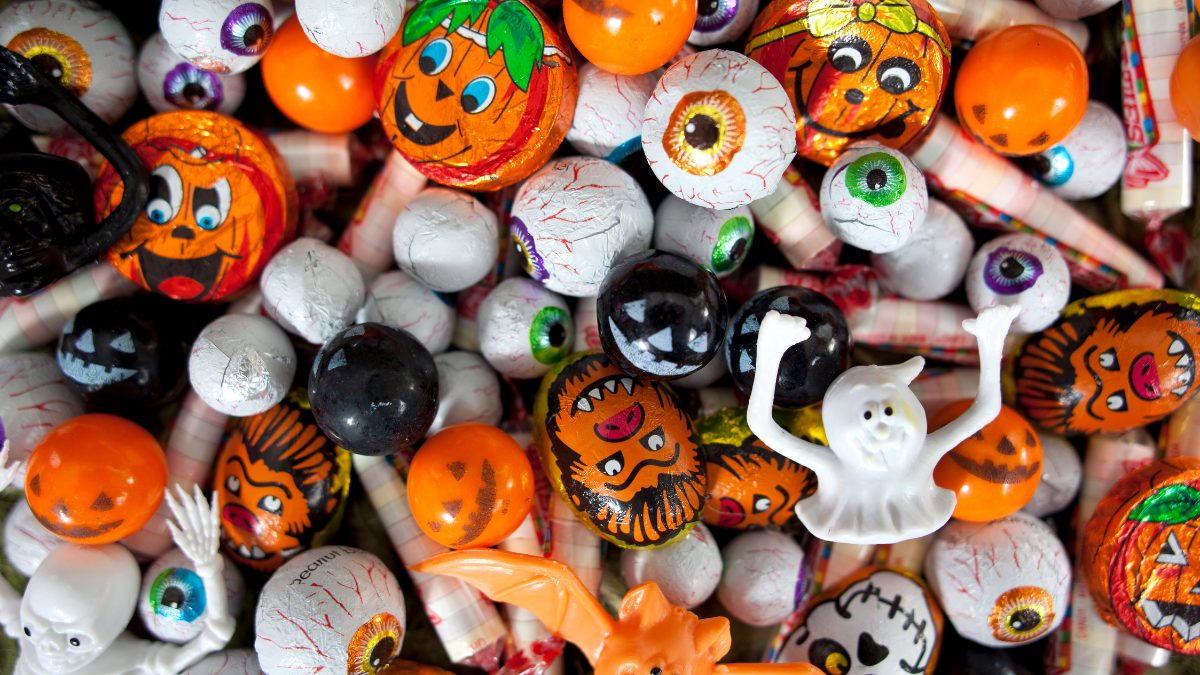
This Halloween, Americans are facing a spooky surprise at the checkout: candy prices are up significantly, especially for chocolate. According to NPR and CNN, the cost of chocolate has risen up to 25% compared to last year, driven by a global cocoa shortage, climate disruptions in West Africa, and increased manufacturing costs.
A 100-count bag of assorted Halloween candy that cost around $9 five years ago now averages $16, with chocolate-based products seeing the steepest increases.
Non-Chocolate Candy Gains Ground
In response to rising prices, shoppers are buying more non-chocolate candy than ever before. A recent study cited by PEOPLE found that fruit-flavored gummies, lollipops, and sour candies are gaining popularity, especially among budget-conscious families.
Retailers have also leaned into this trend, offering more variety in miniature-sized fruity treats to offset costs and appeal to changing consumer preferences.

Why Chocolate Is Struggling
The chocolate crunch stems from several factors:
- Cocoa crop failures in Ghana and Ivory Coast due to extreme weather
- Geopolitical trade tensions affecting supply chains
- Higher labor and energy costs in confectionery production
These pressures have made chocolate not only more expensive but also harder to source in bulk for seasonal promotions.
What It Means for Halloween
Trick-or-treaters may notice fewer chocolate bars in their haul this year, replaced by gummies, chewy candies, and novelty sweets. While chocolate remains a staple, its dominance is waning in favor of more affordable alternatives.
Retailers like Walmart and Target have adjusted their seasonal displays to reflect the shift, with more shelf space dedicated to non-chocolate multipacks and value bundles.
;Resize,width=767;)
